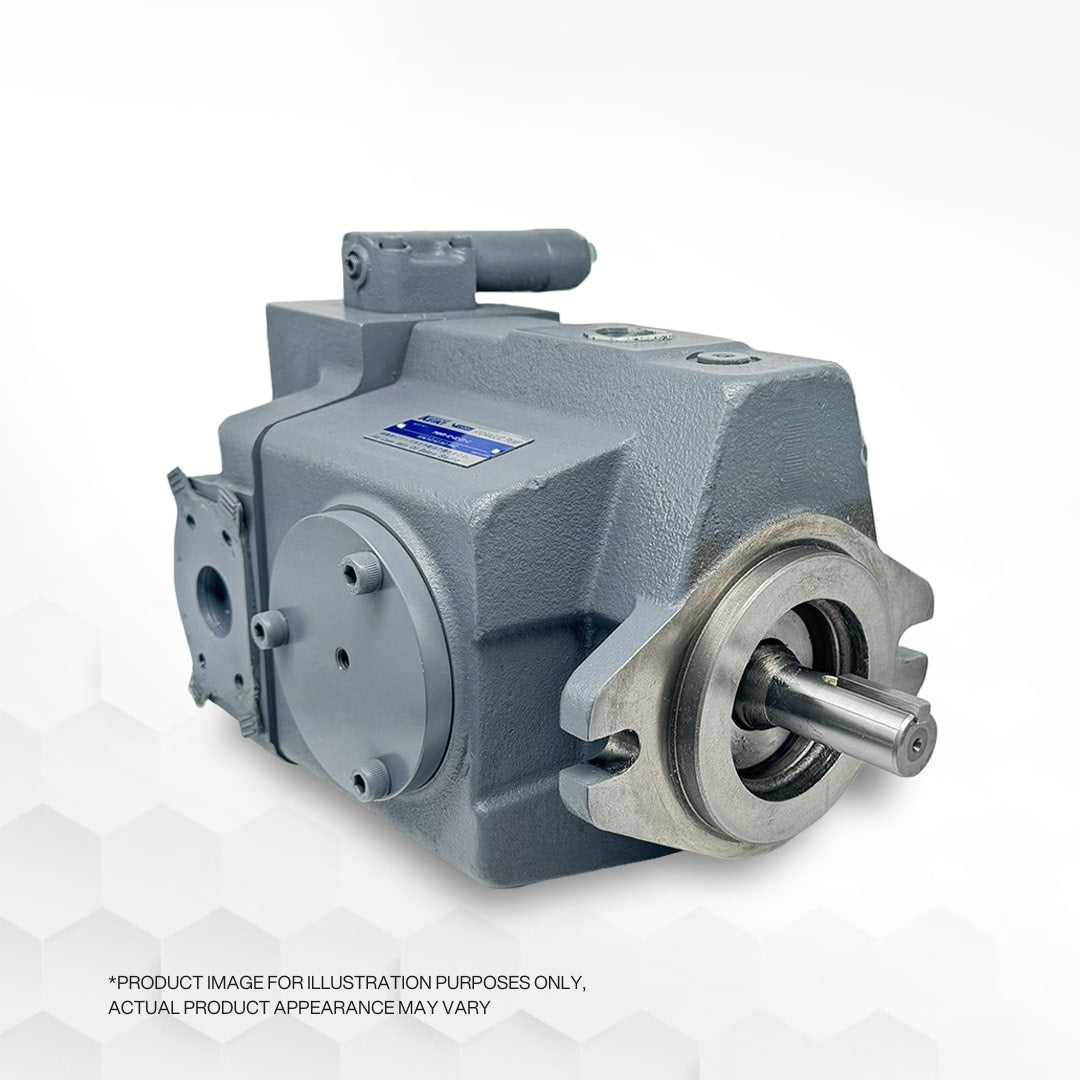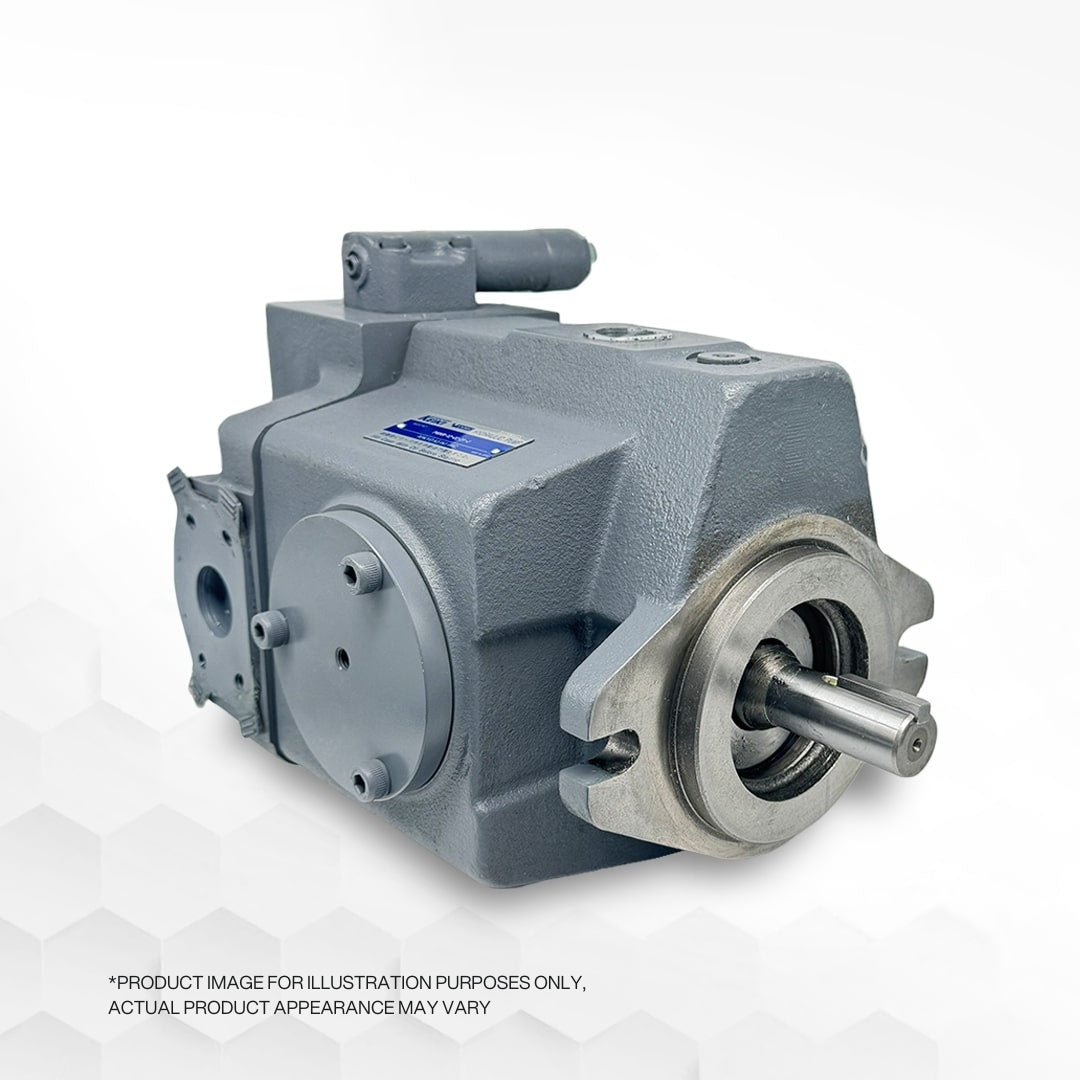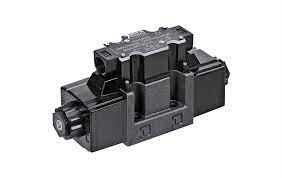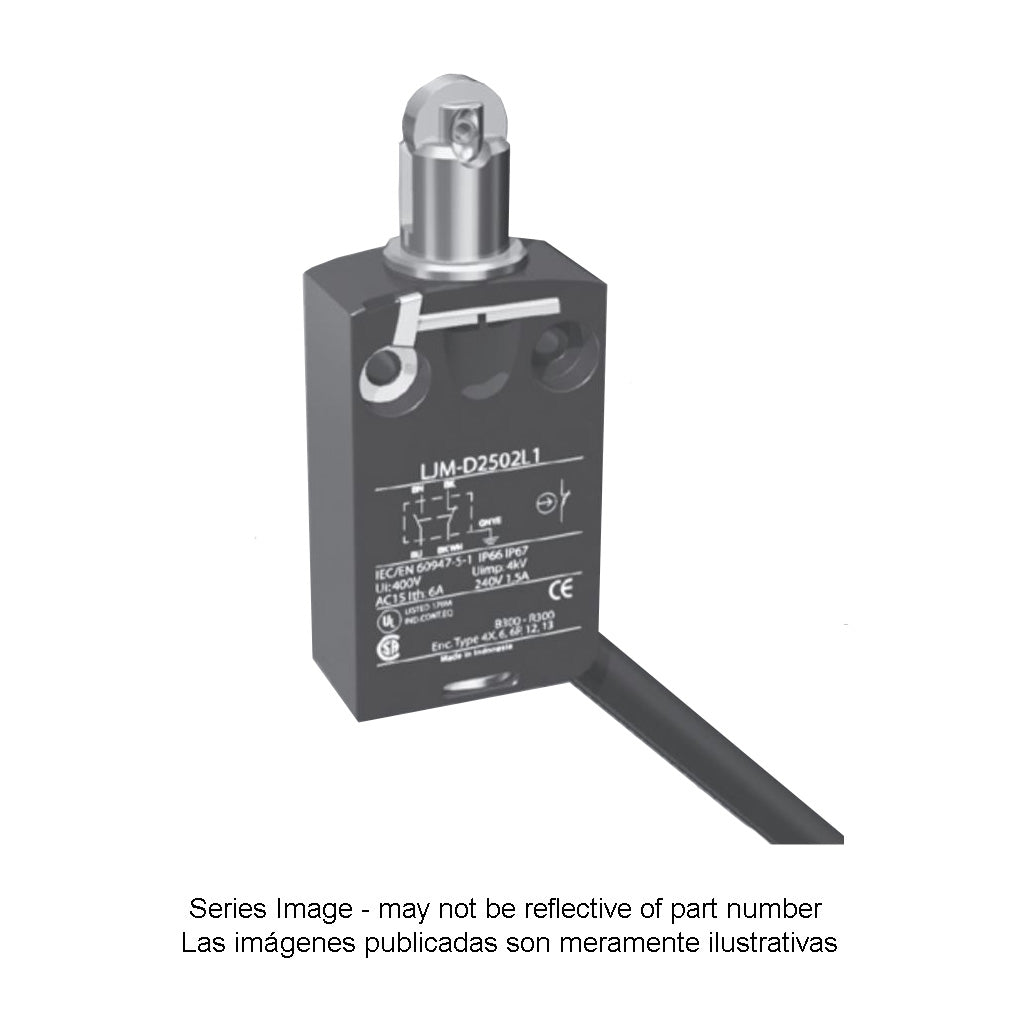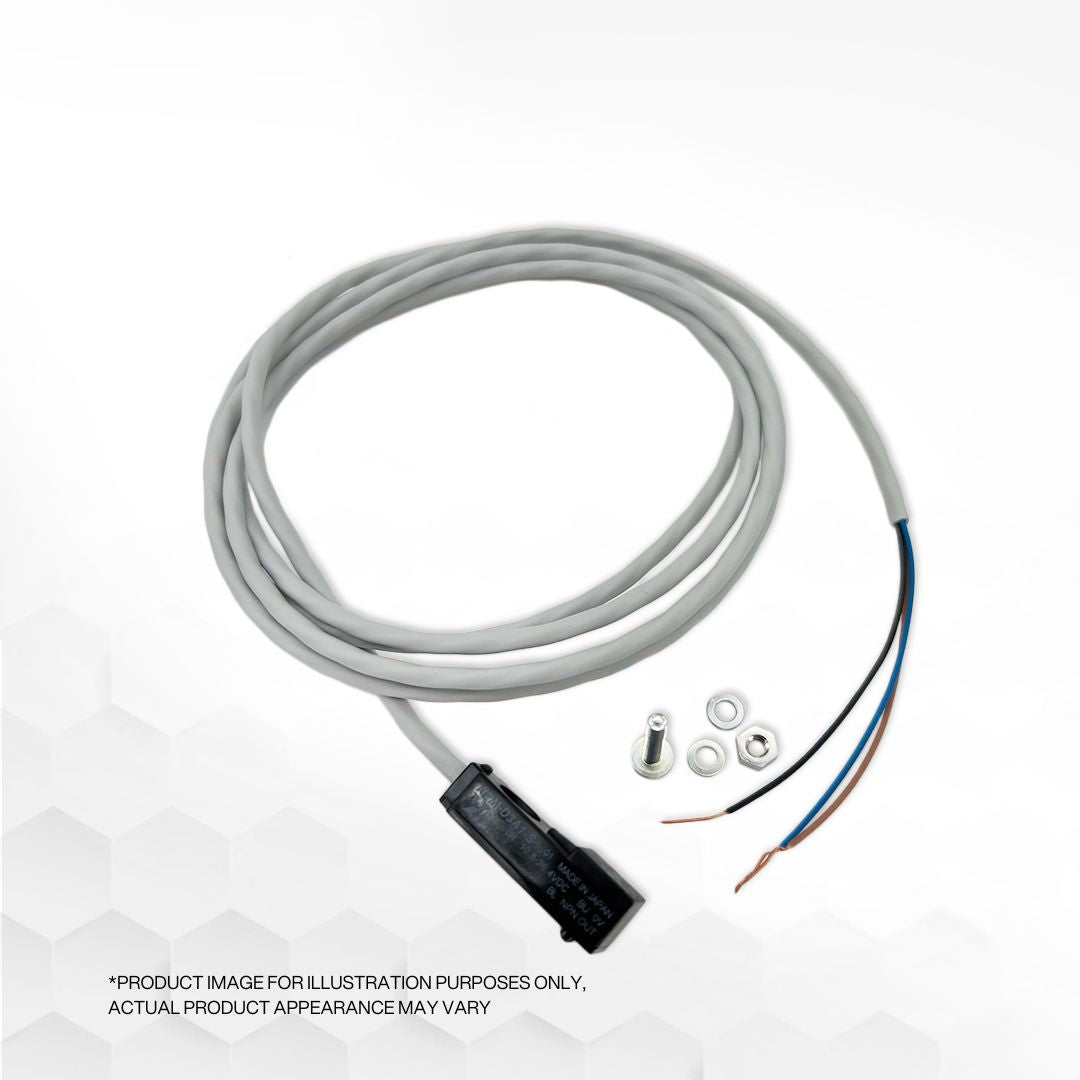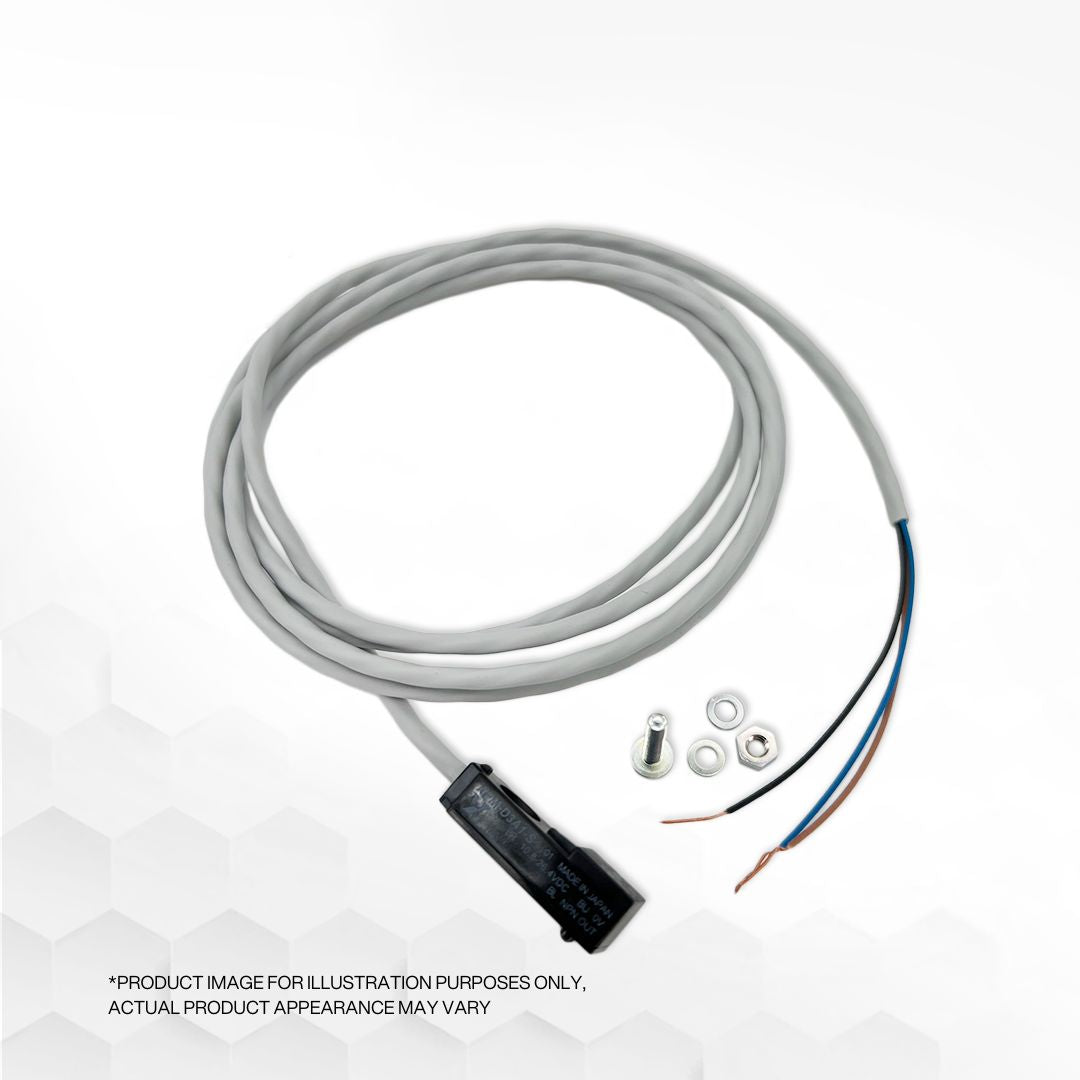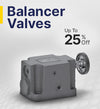
How to Choose the Perfect Photoelectric Sensing Mode for Your Equipment
When selecting a photoelectric sensor, the sensing mode is a critical factor to consider, as it directly impacts the sensor's performance in various environmental conditions. In this article, we will explore the three most common sensing modes and their customary applications.
- Opposed-Mode (Through-Beam) Sensing: In this mode, the emitter and receiver are positioned opposite each other, with the light beam passing directly from the emitter to the receiver. This setup is ideal for long-range sensing, overcoming heavy dirt, dust, mist, and oil, and precise position sensing. The direct path of light from emitter to receiver ensures reliable detection, unaffected by surface reflectivity or color.
Important considerations:
- Opposed-mode sensors are highly reliable for accurate parts counting, given the well-defined effective beam.
- Use apertures, lenses, or fiber optics to shape the effective beam for objects that do not completely block it.
- Translucent or transparent objects can be detected effectively as they do not obstruct the effective beam.
- Retroreflective Sensing: In this mode, both the emitter and receiver elements are housed within a single unit, and a retroreflector is used to bounce the light beam back to the receiver. Retroreflective sensing is suitable for long-range and high-speed detection, and it works well with clear objects using polarized clear object detection sensors.
Important considerations:
- Retroreflective sensors may lose excess gain faster due to dirt buildup on the retroreflector and sensor lenses.
- Distance range may be limited due to inefficiencies in the retroreflector and the longer light travel to reach the receiver.
- The retroreflective mode may not be ideal for small object detection or precise positioning control.
- Diffuse-Mode Sensing (Proximity): This common sensing mode involves the emitted light striking the object's surface and diffusing, with some light returning to the receiver. Diffuse-mode sensors are easy to mount and often used when other modes are not cost-effective.
Important considerations:
- The sensing range of diffuse-mode sensors is affected by the surface reflectivity of the object being detected.
- Dirt and moisture accumulation on the sensor lenses may rapidly reduce the excess gain, potentially causing unintended detection.
In summary, understanding the strengths and limitations of each sensing mode is crucial for selecting the appropriate photoelectric sensor based on specific application requirements. Careful consideration of environmental factors, object characteristics, and the sensor's design will ensure accurate and reliable detection performance.
